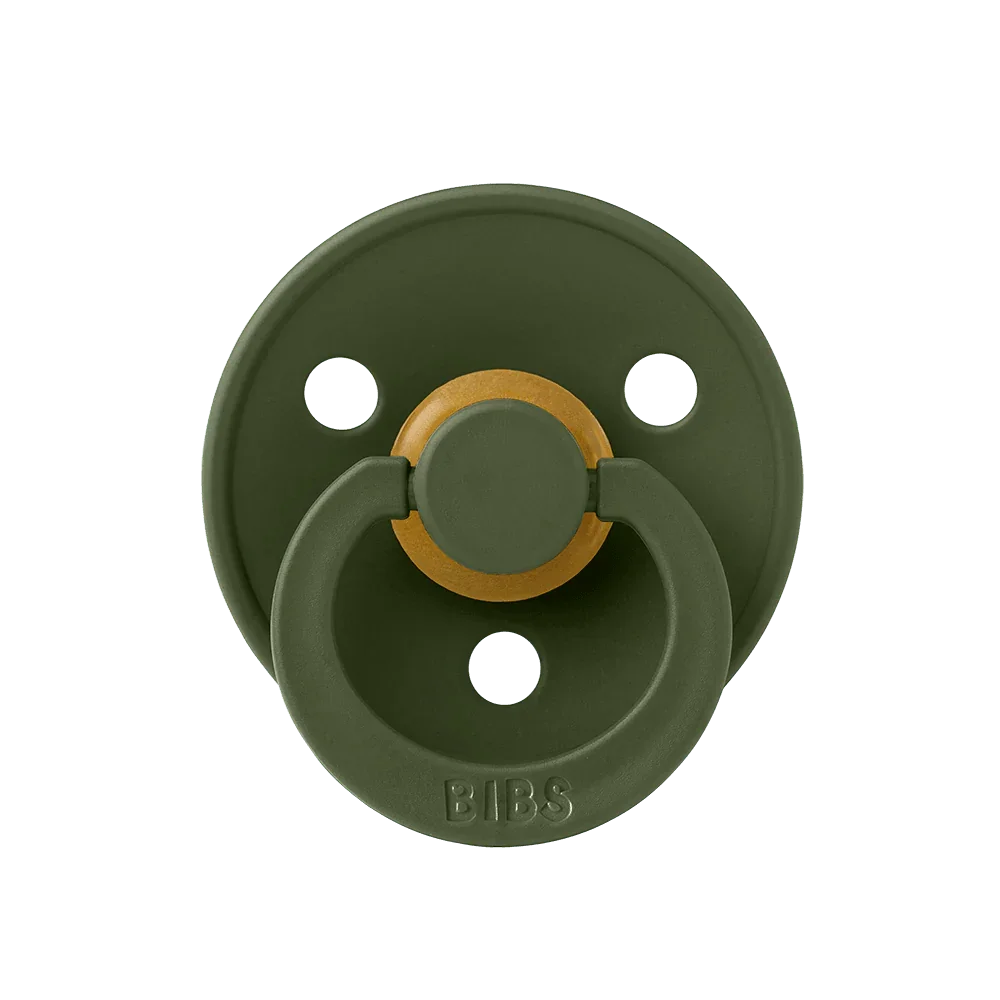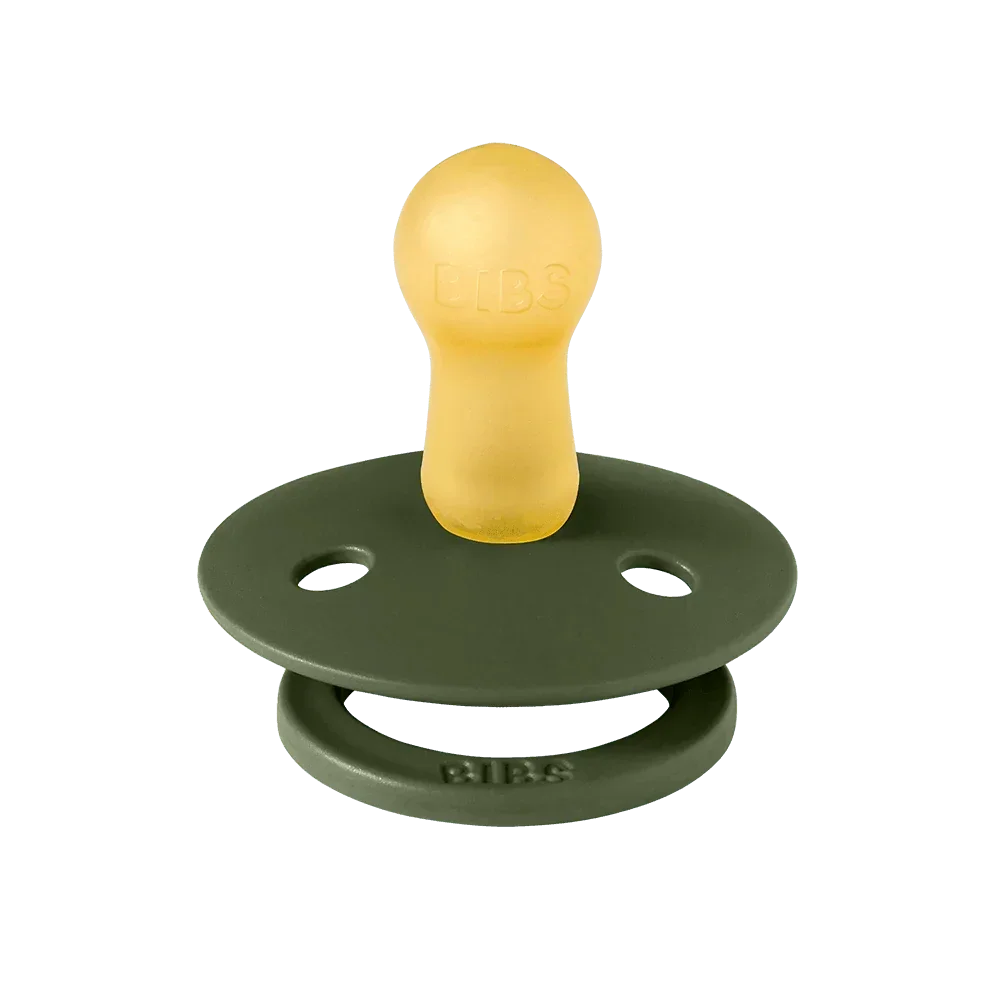
Wondering whether you should introduce a pacifier to your baby when breastfeeding? In this blog post, we will give you the dos and don’ts of what to be aware of when introducing a pacifier to your newborn.
Why offer your baby a pacifier?
From birth, babies have a natural sucking reflex. The baby will try to satisfy this need with the mother’s breast, a pacifier, a thumb, or another. It is not only a vital reflex for the baby to get food but sucking also has a calming effect on the baby, reminding the baby of something safe and familiar in an otherwise foreign world.
Pacifiers are excellent for soothing your little one, offering them an opportunity to fulfill this need for sucking.
Benefits of pacifiers
- The pacifier helps calm and soothe the baby, and can therefore help to make the baby fall asleep
- The pacifier helps to lower the heart rate, blood pressure, and stress levels
- The pacifier has a pain-relieving effect
- The pacifier comforts the baby and provides security when it gets upset
- Pacifier use may be beneficial if infants need early oral stimulation to develop or maintain the sucking reflex
- The pacifier has a protective effect on the incidence of sudden infant death syndrome (SIDS) (1)
When can you introduce a pacifier to your baby?
The American Academy of Pediatrics (2) recommends that you wait to introduce your baby to a pacifier until after your milk supply is well established, nursing is progressing smoothly, and your baby has learned to latch correctly. Typically, this is when your little one is around 3 to 4 weeks old, but every baby is different.
More recent research, however, points to that you can offer a pacifier to your baby much earlier. A systematic review found pacifier use, whether started from birth or after lactation, did not significantly affect the prevalence or duration of breastfeeding in healthy, term infants up to four months of age (3). Another study found that restricting access to pacifiers in the hospital during the newborn period actually decreased exclusive breastfeeding rates (4).
Pacifiers that support breastfeeding
The concern about pacifier uses in relation to breastfeeding often stems from the fact that the sucking technique used during breastfeeding is different from that used with artificial nipples on bottles and pacifiers.
The round nipple is the one health professionals (5) (in Denmark) recommend when breastfeeding your baby. This is because the round nipple makes the baby roll its tongue around the pacifier just as it does during breastfeeding.
It is important to focus on the pacifier’s length so that it enters the mouth and touches the soft part of the palate, which stimulates the natural sucking reflex.
It can be very demanding and difficult for a newborn to use the round pacifier. If you want to breastfeed and your baby has difficulty latching on when being fed, the round nipple can help the baby with practicing the right way of sucking, because the baby exercises its jaw and mouth muscles while using the same technique as it should do while breastfeeding.
You know your child best, so you can determine if using a pacifier is right for you and your baby.
Other nipple shapes
There are of course other shapes of pacifier nipples than the round one. We offer both round, symmetrical and anatomical nipples.
The reason for this is that it is different from one baby to another what nipple shape they prefer. Babies have different sucking techniques, different mouth anatomy, and therefore different preferences when it comes to pacifiers.
The flat symmetrical nipple is for babies who may have difficulty holding the round pacifier inside the mouth. It is easily pressed flat up against the baby’s palate, and it is therefore easy for the child to keep in the mouth.
The anatomical nipple is curved at the top for a natural fit to the baby’s palate (like the round nipple) with an angled tip for easy tongue placement (like the flat symmetrical nipple). At the same time, the baby rolls its tongue more compared to the flat nipple, but less compared to the round nipple. It is a pacifier where the baby gets the effect of training its tongue, but to a lesser extent than with the round nipple.
What to choose?
If you are challenged with your breastfeeding, consider trying out a round nipple and see if it makes a difference. As mentioned, the round nipple exercises the baby's jaw and mouth muscles in the same way as when breastfeeding.
If your breastfeeding works well, do not worry about what pacifier shape your baby uses. Many children can easily distinguish and adapt to different sucking techniques depending on whether it is on a pacifier, on the mother's breast, or on a baby bottle.
Babies have different preferences, different sucking techniques, and different mouth anatomy. As parents, you can try to encourage your child to choose a particular pacifier, but in the end, it is an individual choice which type of pacifier your baby prefers.
|
Pacifier Dos |
Pacifier Don’ts |
|
Choose a pacifier with a valve, as the valve helps the nipple to form naturally after the baby's mouth, tongue, and palate. |
Do not use pacifiers to replace feedings |
|
Use pacifiers when your baby is fed and full |
Do not put sugar or honey on the pacifier |
|
Use pacifiers to satisfy the baby’s desire for non-nutritive sucking |
Do not let the child use a pacifier all the time |
|
Use pacifiers to help relieve pain |
Do not freeze pacifiers |
|
Use the pacifier when your baby needs to fall asleep |
Do not leave latex pacifiers in direct sunlight |
|
Sterilize the pacifiers frequently |
Do not tie pacifiers to strings or cords |
|
Replace pacifiers every 4-6 weeks |
Do not use damaged pacifiers |
|
Throw out at the first sign of damage |
Do not put pacifiers in the dishwasher |
|
Stop using a pacifier before the age of 3 |
Do not let the child use pacifiers after the age of 3 |
About Kirsten
Kirsten Lise Andersen is a nurse and health visitor. She has 15 years of experience working with children as a registered professional nurse, and she is the mother of four. Kirsten is our go-to advisor in everything health-related, as she has years of experience and the needed expertise to answer all our and your questions regarding babies
Sources
- SIDS and other sleep-related infant deaths: Updated 2016 recommendations for a safe infant sleeping environment. Pediatrics. 2016;138(5):e20162938. doi:10.1542/peds.2016-2938
- American Academy of Pediatrics. Pacifiers and Thumb Sucking
- Jaafar SH, Ho JJ, Jahanfar S, Angolkar M. Effect of restricted pacifier use in breastfeeding term infants for increasing duration of breastfeeding. Cochrane Database Syst Rev 2016;(8):CD007202.
- Kair L, Kenron D, Etheredge K, Jaffe A, Phillipi C. Pacifier restriction and exclusive breastfeeding. Pediatrics. 2013;131(4):e1101-e1107. doi:10.1542/peds.2012-2203
- https://babyinstituttet.dk/sut-hvornar

















